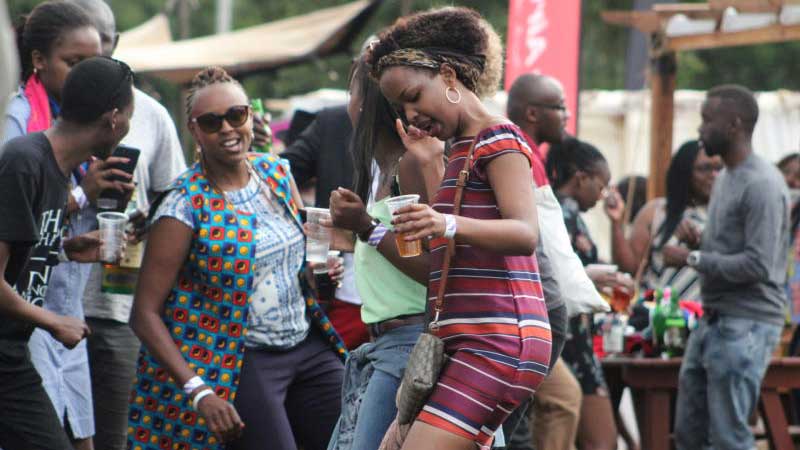×
The Standard e-Paper
Join Thousands of Readers

“Listen first – listening to children and youth is the first step to help them grow healthy and safe,” has been the theme for 2017 and 2018 international day against drug abuse and illicit trafficking, which passed quietly two weeks ago even as the drug abuse scourge continued to bite locally.